Ed went on to explore the benefits of a heat pump outside of the cost implications. He explained “Much like underfloor heating, low and slow gets the whole building up to temperature. Use the thermal mass of the building and keep the building at whatever temperature you like to live in. We find that a lot of people moving from timed heating to continuous heating will often end up turning the thermostat down as you achieve a constant temperature, which is an instant energy saving. turning the thermostat down by three degrees because the constant level they get rather than hot spot cold spot, hot spot, cold spot is two or three degrees lower when the thermostat might be set.”
He continued “The other big benefit is the carbon reductions. Against oil, that carbon saving is about 84% directly. So from day one, you change over from oil to a heat pump you will be saving 84% in your carbon output against mains gas. As the grid gets greener the gap is only going to increase, making it a suitable solution for commercial buildings and those wanting a quick way to reduce their carbon footprint.”
The next big issue Ed discussed was around futureproofing a building and planning now so you know what you are doing when your current boiler needs replacing. He also shared some considerations when looking at renewable energy and shared the importance of sufficient insulation to prevent heat loss.
The advent of renewable technologies necessitates a rethinking of infrastructure, underlined by Levine’s emphasis on ‘joined-up thinking’. It’s not merely about implementing renewable technology, but considering how these technologies integrate with existing building layouts. This begins with insulation, the first step to reducing energy consumption. As Levine succinctly puts it, “The best thing you should do first is insulate your building. This will reduce the amount of heat you have to put in and will cut your running costs straight away. Remember that the cheapest unit of heat is the one you hold onto through building fabric insulation.”.
A joined-up approach between the plant room and distribution throughout the building is imperative. He reiterated the importance of ensuring the provision of radiators was designed for maximum efficiency and heat output throughout the building as well as the importance of preventing heat loss with insulation and double or triple glazing.
There are three types of heat pump available:
- Air source
- Ground source
- Water source
Heat pumps work by taking energy from the natural environment, mostly from solar energy either in the air or stored in the ground. This energy is then used to provide heat and hot water in your house. They run on electricity and operate with exceptional efficiency, producing 3 to 4 units of heat for every kilowatt of electricity consumed.
Ed concluded with the following summary:
- All buildings can benefit from renewable energy – but careful design is essential.
- Think carefully about distribution and plant requirements.
- The higher the energy requirements – pool, electric car charging, outbuildings, large house – the greater the long-term benefits.
- Energy bills in buildings are often a significant long-term expense – expect a renewable energy system to reduce these by 15-75%.
- Installing a heat pump in a new build/renovation project is going to cost far less than having to do so retrospectively in a few years.
- Futureproof, save money and reduce the building’s carbon emissions by 60%+.
In conclusion, while the initial costs and retrofitting challenges may seem daunting, the adoption of renewable energy, particularly through GSHPs in historic country homes, is a strategic decision that promises significant long-term benefits. Reduced running costs, lower carbon footprints, and an alignment with future trends make this transition a viable, sustainable choice. The successful integration of these systems hinges on careful planning and design, as well as building insulation. The road to sustainable country houses may be complex, but it is certainly achievable.
Moulding have developed relationships with specialist consultants and contractors alike to ensure that our projects benefit from a well-considered strategy and installation. The use of an alternative energy sources is becoming prevalent in many of our projects with the common aim of reducing the demand and cost of fossil fuels. Heat pumps, ground loops, bore holes, solar and PV cells are becoming familiar additions to the service installations of a new or refurbished property. So too are the use of grey water recycling and green roof coverings.
If you are considering your next steps for renewable energy solutions and would like to discuss the options for your Country House, please contact us and we can introduce you to a relevant expert. [email protected]

 Retrofitting the Past: The Emergence of Ground Source Heat Pumps in Historic Country Homes
Retrofitting the Past: The Emergence of Ground Source Heat Pumps in Historic Country Homes
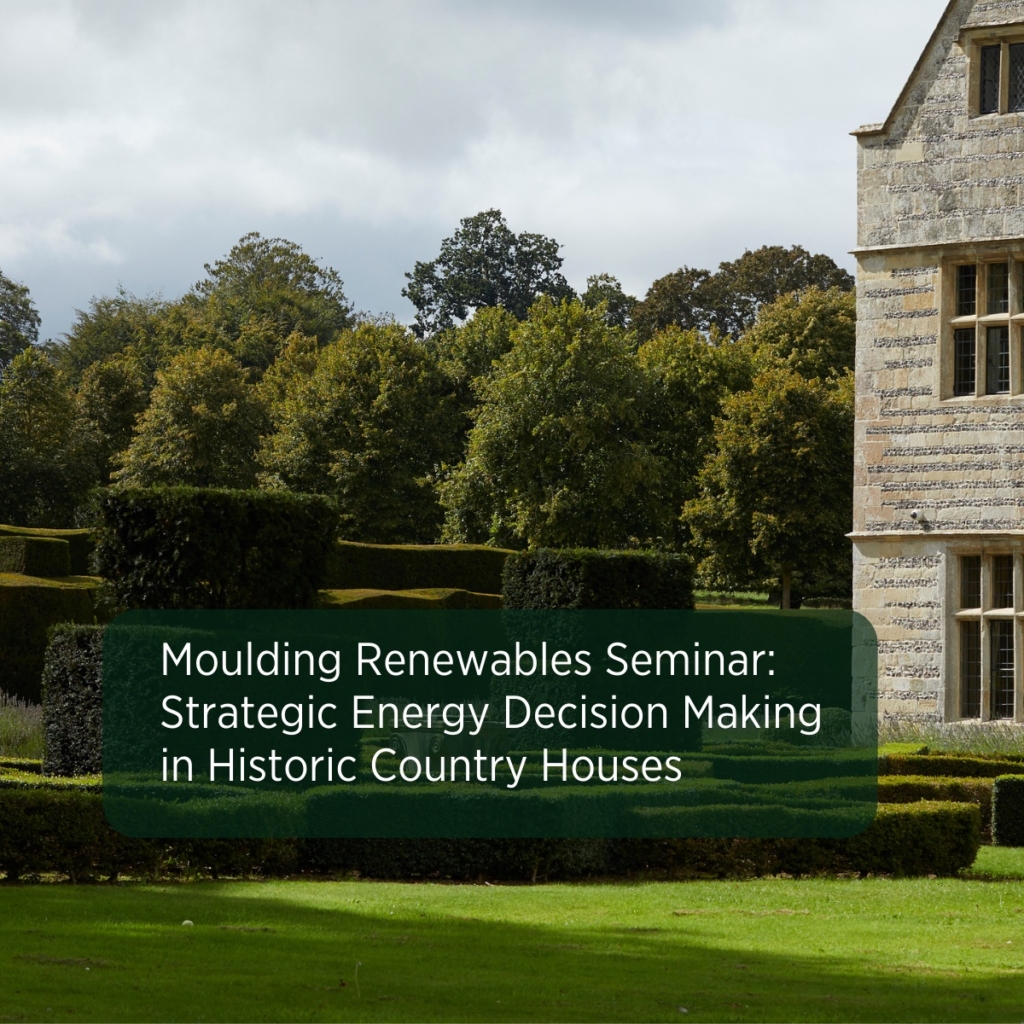
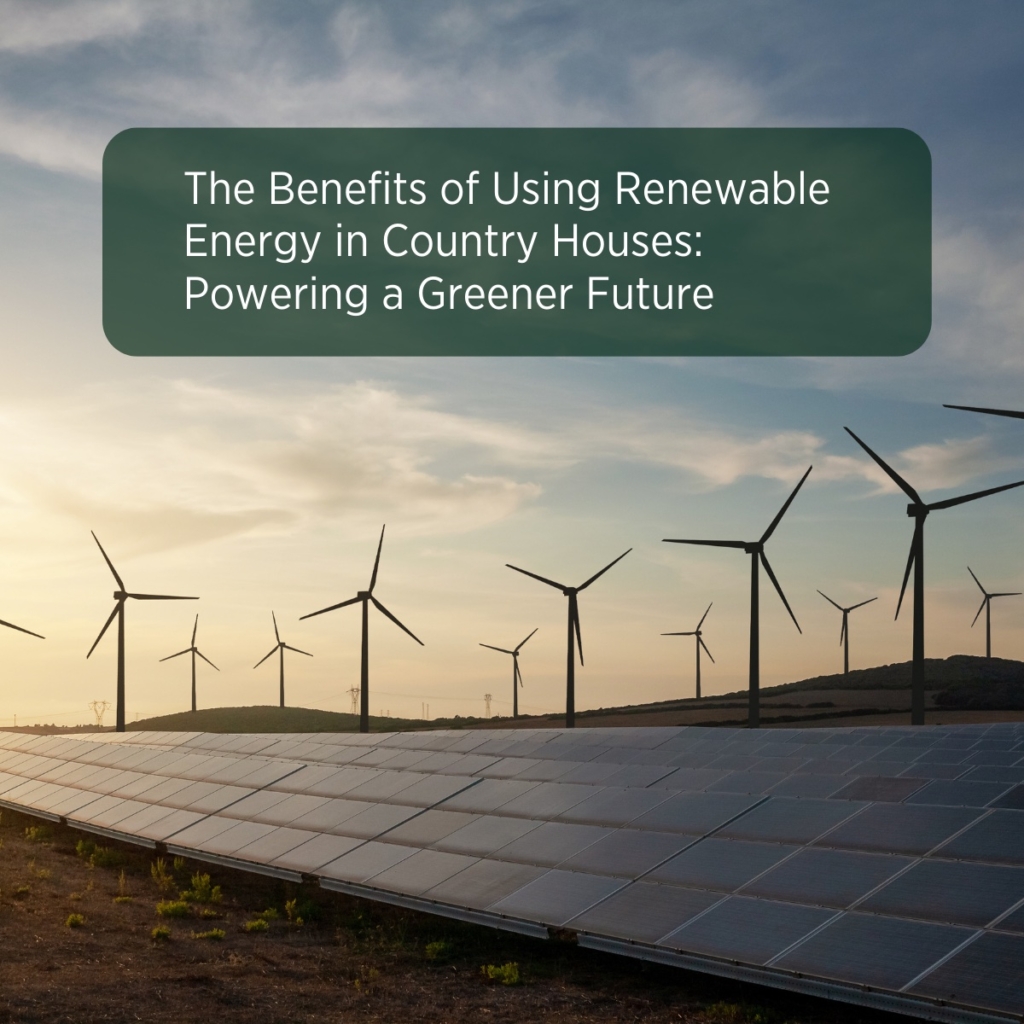
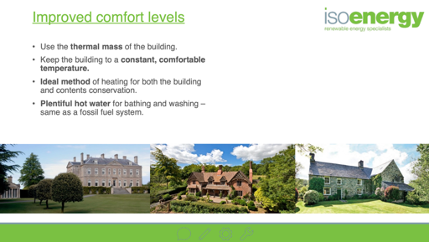

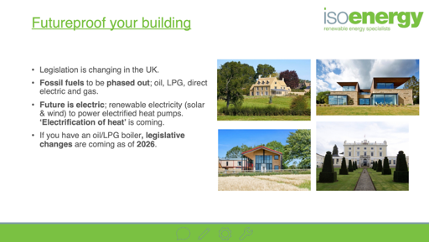
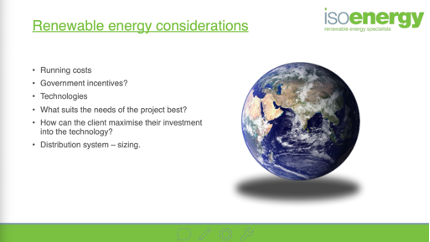
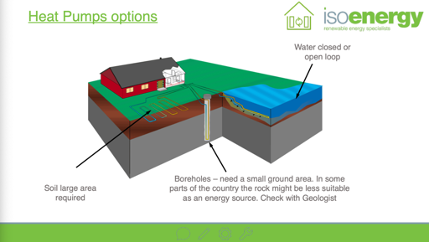
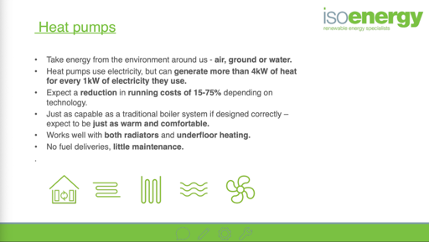
 One of two builders listed in the Country Life Top 100 for the 9th consecutive year.
One of two builders listed in the Country Life Top 100 for the 9th consecutive year.